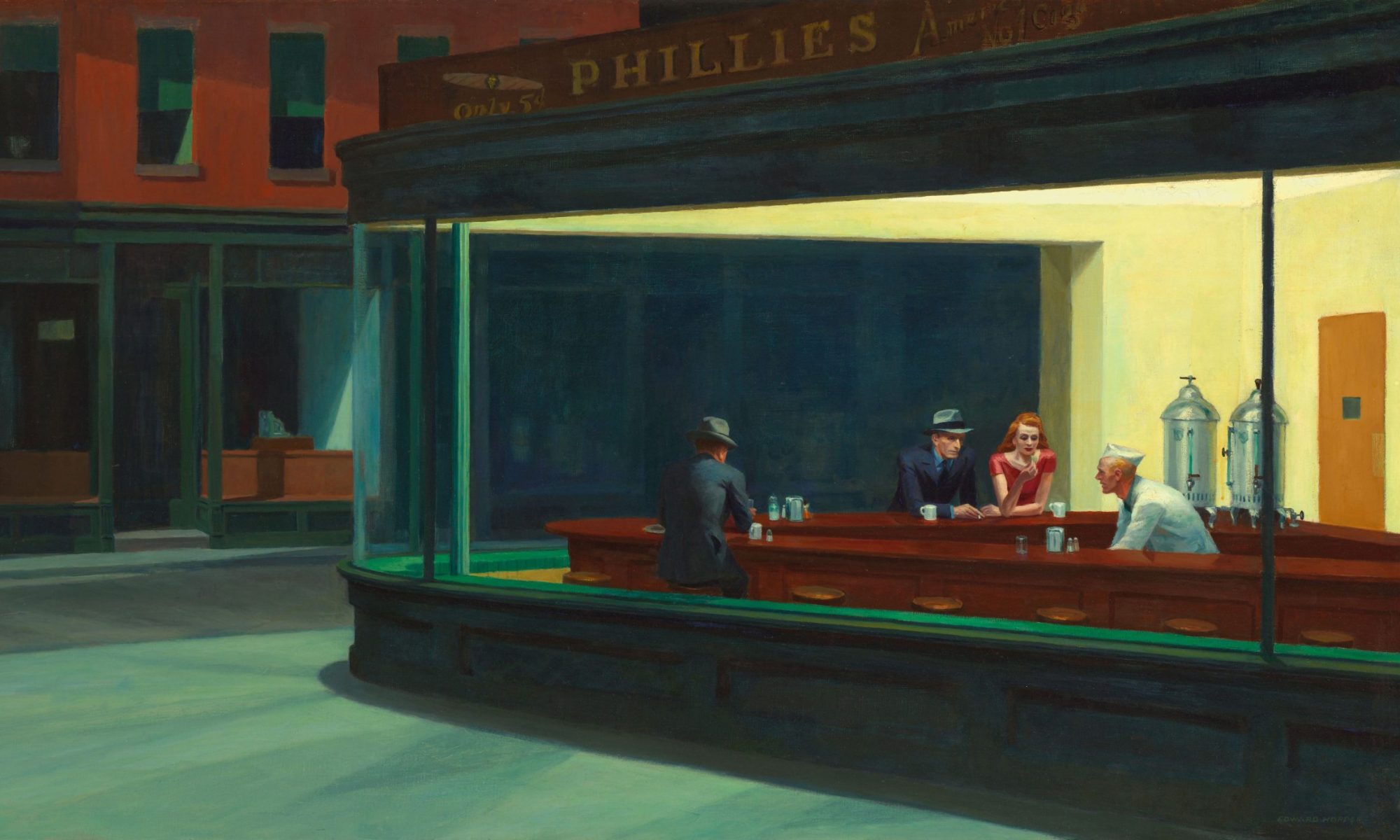Adolf Eichmann is one of the main protagonists of the novel The Wallenberg Dossier. Particularly interesting, and appreciated by readers, are the three meetings that the author sets by the Majestic Hotel in Budapest, between Wallenberg and Eichmann.
The author fathoms extensively the personality of Eichmann, describing in detail even the gestures of his head and hands as the dinner with Wallenberg goes by. Extremely interesting is the psychological description of Eichmann that the author describes in a extraordinary progression of rage and insanity, hidden behind an apparently ordinary discussion.
The dialogue between Eichmann and Wallenberg is carefully developed by the author in two separate situations, and is revealing of the Nazi thought and character. Some said that through Eichmann, the author outlined Nazi philosophy and brutality. Eichmann becomes representative of an entire way of seeing life. In some traits narrated by Davide Amante, Eichmann recalls Anatole France’s Pontius Pilate, fifth governor of the Roman province of Judaea, serving under Emperor Tiberius from 26/27 to 36/37 AD, best known for being the official who presided over the trial of Jesus and ultimately ordered his crucifixion. In other traits critics associated Davide Amante’s description of Eichmann to Bulgakov’s Devil in The Master and Margarita.
Famous is Eichmann’s rage and constant headache as he discusses Wallenberg’s Dossier with Nazi official in his penthouse overseeing the Danube river early in the morning, described by Davide Amante in the second part of the novel The Wallenberg Dossier.

Otto Adolf Eichmann (19 March 1906 – 1 June 1962) was a German-Austrian SS-Obersturmbannführer and one of the major officers in charge of organizing and executing the mass killings during the Holocaust. Not only he theorized the “Final Solution to the Jewish Question” but he also planned how to put it in action in logistical and practical terms.
He was tasked by SS-Obergruppenführer Reinhard Heydrich with facilitating and managing the logistics involved in the mass deportation of millions of Jews first to ghettos and then to extermination camps in Nazi-occupied Eastern Europe during World War II.
Eichmann was captured by agents of Israeli intelligence Mossad in Argentina on 11 May 1960 and subsequently attended a widely publicised trial in Jerusalem that found him guilty of war crimes. He was executed by hanging in 1962.
In 1933, he joined the Sicherheitsdienst (SD, Security Service) where he was appointed head of the department responsible for Jewish affairs – especially emigration, which the Nazis encouraged through violence and economic pressure. In the Second World War, Eichmann and his staff arranged for Jews to be concentrated in ghettos in major cities, where they would be robbed of all their possessions and left to be transported to concentration camps. Eichmann also developed a Jewish reservation plan to Nisko in southeast Poland and in Madagascar island, however these plans then evolved into the Final solution when the Nazi Jewish policy changed from emigration to extermination. To coordinate planning for the genocide, Reinhard Heydrich, who was Eichmann’s superior, hosted the regime’s administrative leaders at the Wannsee Conference on 20 January 1942. Eichmann collected information for him and attended the conference.
Germany invaded Hungary on 19 March 1944, the same day Eichmann arrived, accompanied by top members of his staff and five hundred members of the SD, SS, and SiPo. Eichmann toured northeastern Hungary in the last week of April and visited Auschwitz in May to assess the preparations of the trains that would carry in mass Jews to Auschwitz. Eichmann took care of all operational instructions for the implementation of the Final Solution. Round-ups began on 16 April and from 14 May, four trains of over 3,000 Jews per day travelled to the camp at Auschwitz II-Birkenau. Around one fourth of the people on each train were chosen as forced labourers, while the rest were killed within hours of arrival. International pressure convinced the Hungarian government to halt deportations on 6 July 1944, however Eichmann personally made arrangements for additional trains of victims to be sent to Auschwitz on 17 and 19 July.
On 24 December 1944, Eichmann fled Budapest just before the Soviet Red Army entered the capital. He returned to Berlin and after Germany’s defeat in 1945, Eichmann was captured by US forces, but managed to escaped from detention hiding in a small village in Lower Saxony. In 1950 he moved to Argentina using false papers. In 1960 a team of Mossad and Shin Bet agents captured Eichmann and brought him to Israel to stand trial on 15 criminal charges, including war crimes, crimes against humanity, and crimes against the Jewish people. During the trial, he did not deny the Holocaust or his role in organising it, but said he was simply following orders in a totalitarian system.
Dieter Wisliceny testified at Nuremberg that Eichmann told him he would “leap laughing into the grave because the feeling that he had five million people on his conscience would be for him a source of extraordinary satisfaction.”
